Im trying for some hours already to split a text cell into a usable object to the validation list.
The cells today are populated by 3 or more (N) comma (I can change that to semicolons, pipes...) separated values like "1,2,3" or "5,test,8,new"
I want to transform that into a validation list with N different values.
In the following post there is a formula that splits a string into and array, but I have not managed to use it as source: Split a string (cell) in Excel without VBA (e.g. for array formula)
Is it possible to create a Dynamic Range from splitting the cell text and feeding it into a 'combobox' (validation list).
Another similar example of what I am looking for but without VBA: Excel Dynamic Drop Down Using Comma Delimited Data
What am I doing wrong here? Thanks for reading this far.


